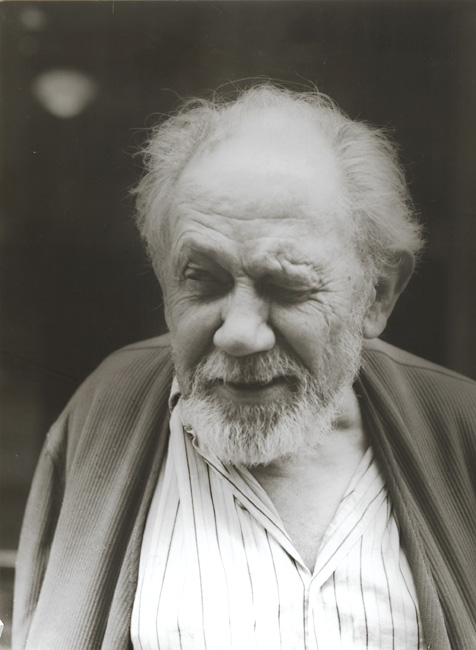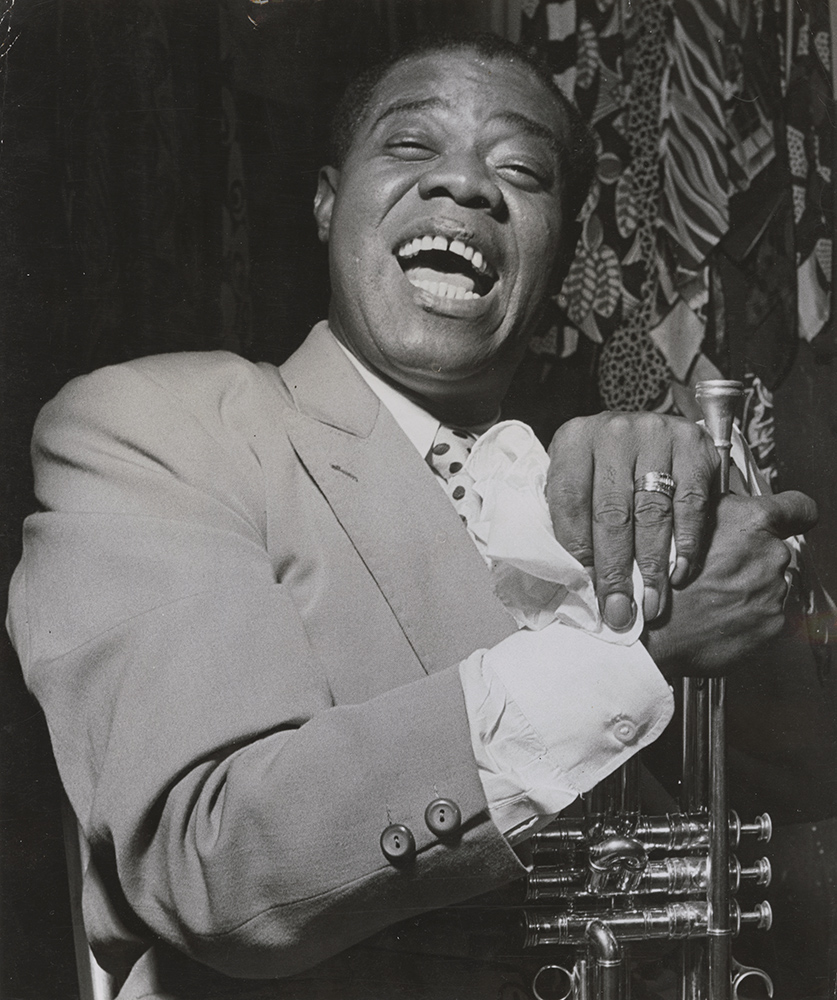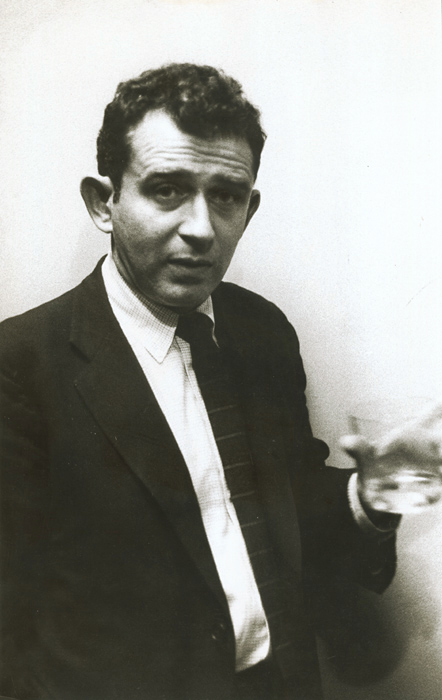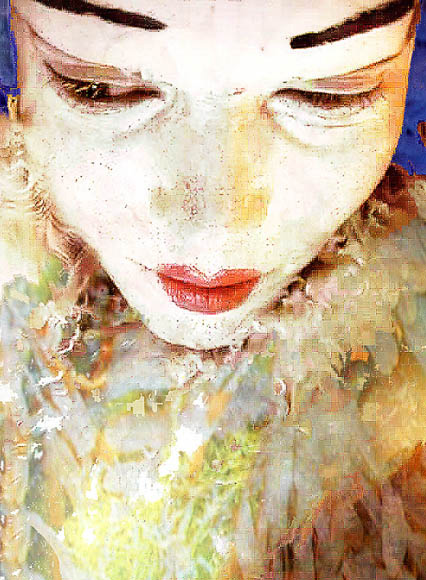For all its power to document the shapes and structures of the world, photography's power to immortalize the human form and face is perhaps its most beloved characteristic. Until the medium made it possible to reproduce the exact image of humanity in the mid-1800s, the world's reliance on artistic renderings of the famous, the familial or the exotic inhabitants of distant realms threw a shadow of doubt over even the greatest handmade portraiture. Indeed, not even Da Vinci, Michelangelo, Velasquez, or Van Gogh could do more than suggest, interpret, and often idealize the true personality and precise features of the sitter. But a keenly composed photograph could not only freeze a sitter's physicality but also, with the master's touch, express true depths of the soul.
As the photographs in this exhibit make clear, the 20th century, with its embrace of modernism and the flowering of photographic technique, gave photographic portraiture a new freedom to express and experiment. Thus, these examples range wonderfully, from the playful avant-gardism of Man Ray's close-up views of his model and muse, Kiki, to the profound introspectiveness of Edward Weston's portraiture in the 1920s, all the way to the postmodern quilt of celebrity and experimental photography that coexists with the timelessness of basic portraits.
By the 1950s, in fact, photographers such as Erwin Blumenfeld were testing the limits of photographic expression with solarized silver prints that rendered their human subjects with an otherworldly elegance, ironically evoking the painterly as much as the photographic. Multiple or prismatic exposures such as David Douglas Duncan's lively study of Maurice Chevalier from 1963 suggest the sheer animation of a famous face, while Phillipe Halsman's rare image of a barely dressed Marilyn Monroe, in an enraptured pose as she listens to some favorite music, is a sensual and detailed study of pure female beauty and of Monroe's yearning vulnerability at the same time.
But fame, glamour, and experimentation are not the only dimensions of photographic portraiture on display here. Just as powerful in their own way are the shots of craftspeople, beggars, and the bizarre who come alive for the camera with the simple, often joyous, often deeply dignified force of their personalities. These purely human portraits are among the medium's great achievements, rivaling the formal perfections of Rembrandt or Franz Hals with masterful lighting effects (as in Fritz Henle's or Marian Reismann's studies of woman) and imaginative framings, foreshortenings or the canny use of the profile to express a rugged individualism.
In some cases, photographic portraiture can say more about its subject by avoiding the face, as in Rogi-Andre's 1943 image of the expressionist painter Chaim Soutine--or rather, of Soutine's hands folded in death, with a spray of lilies beneath them. Then there are the dazzling anomalies: portraiture rendered in autochrome, the pioneering color technique developed by the Lumiere Brothers; or, perhaps even more compelling, 21st-century portraiture that rediscovers the hauntingly vintage richness of the wet collodion ambrotype process, a development of the 1850s that requires large-format cameras and glass plates.
What these infinitely varied portraits give us, ultimately, is all the proof we need that the human animal is a subject of inexhaustible possibility under the lens of gifted photographers. If, as Harold Bloom insists, it took a Shakespeare to invent our human nature by dramatizing our inner lives and our capacity for delusion, it took the advent of photography to locate soul and sensibility in a mere expression, a gesture, a telling pose.
Exhibited and Sold By
Contemporary Works / Vintage Works, Ltd.
258 Inverness Circle
Chalfont, Pennsylvania 18914 USA
Contact Alex Novak and Marthe Smith
Email info@vintageworks.net
Phone +1-215-518-6962
Call for an Appointment














Share This